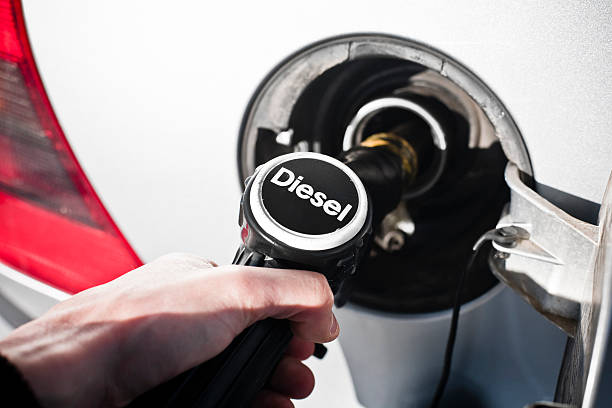



Article by: Hari Yellina
After fuel prices climbed to record-high levels this month, Australia’s transportation and agriculture industries face a difficult and costly road ahead. Motorists in Perth and regional WA have been forced to spend more than $2 per litre at bowsers in the last week, as global crude oil prices have continued to soar as a result of Russia’s invasion of Ukraine. And there’s no sign of a break in the clouds. In the week ending Sunday, March 13, state average diesel retail prices touched a high of 216.7 cents per litre and a low of 184.5 cents per litre, according to the latest Australian Institute of Petroleum (AIP) data.
Meanwhile, motorists in remote Western Australia paid 16.8c per litre more than a week ago, with bowser prices peaking at 218.1c/L and down to 186.6c/L. Agricultural transportation and freight businesses have little choice but to raise rates in order to pay the rising cost of gasoline. It’s another another setback for an industry already beset by the AdBlue issue, labour shortages, expensive trucking costs, and long equipment backlogs. Mark Talbot, Wedderburn Transport manager at Brunswick Junction, described it as a “particularly scary time” for the agricultural industry. Transporters, according to Mr Talbot, are bracing themselves for more price hikes and will need to make steady increases of their own as a response. To paint the picture – Wedderburn Transport’s regular feedlot run from Hyden to Bunbury cost $660 in fuel in January last year.
Mr Talbot said transport firms were paying at least 60 cents more per litre than a year earlier, ranging from $1.20/L to $1.80/L. He predicted that if high prices persisted for another six months, the industry would be “seriously affected.” Mr Talbot stated that the sector has been dealing with a 30-40% increase in the cost of spare components over a 12-month period prior to the petrol price concerns. On the other side, he described the preceding 12 months as “some of the busiest” the Western Australian transport business had ever seen in terms of cattle travel. While this had kept drivers occupied, there were concerns that it might have an impact in the next four to five months.
Aside from gasoline prices, he claimed there were labour shortages due to a record-breaking harvest and cattle selling season, as well as AdBlue security, spare part shortages, and equipment delivery delays. “In a nutshell, our industry is under pressure across Australia,” Mr Talbot said. “I believe we are under pressure as a result of some red tape as well as Australia’s massive growth.” “I have been in this industry for 35 years and have only recently seen it expand, but never like this.”